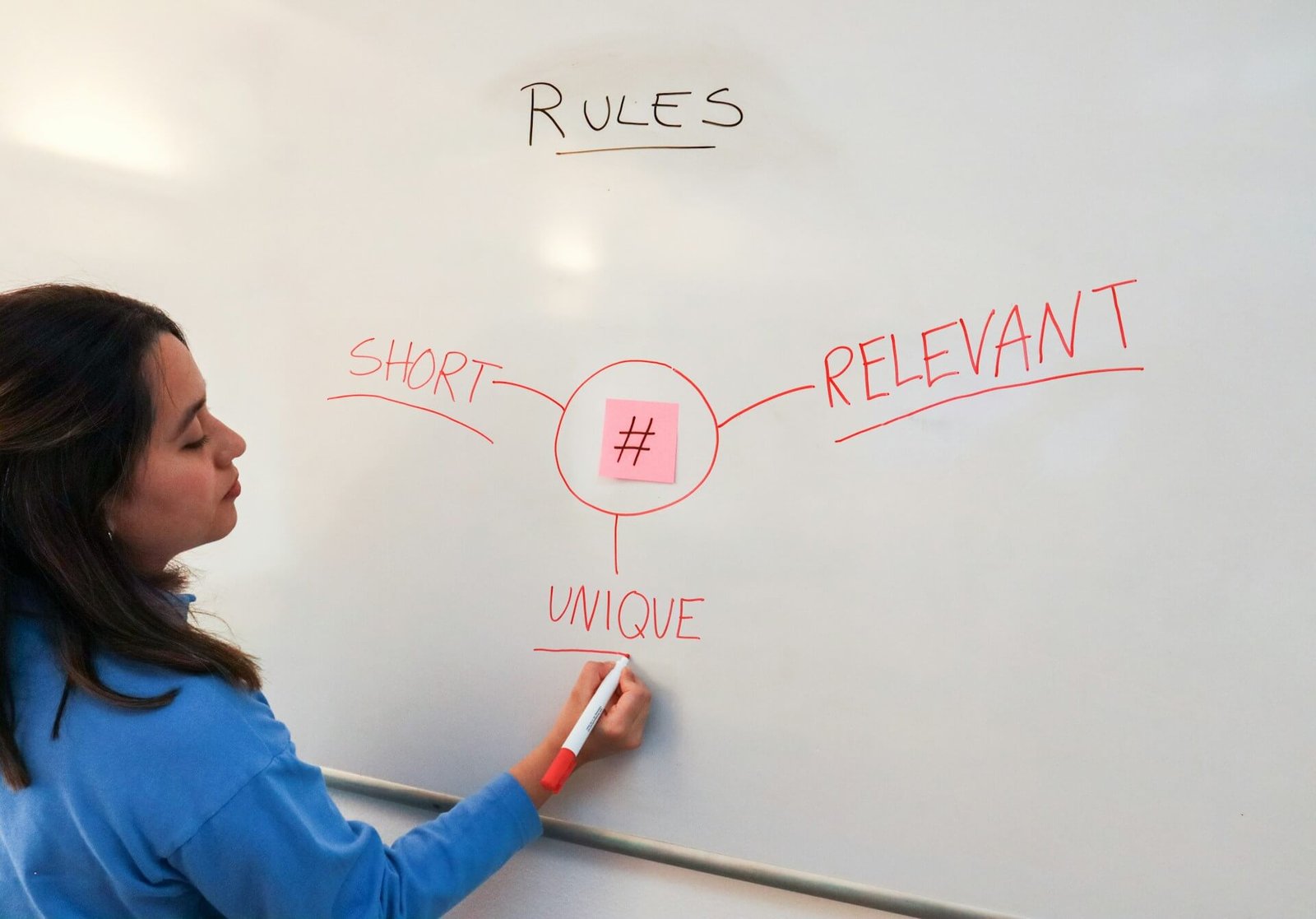Yes, clothing designs can be copyrighted under certain conditions. In many countries, including the United States, original clothing designs can be eligible for copyright protection. To be eligible for copyright protection, a clothing design must meet the following criteria:
- Originality: The design must be original and created independently by the designer. It should not be a copy of someone else’s work.
- Fixed Form: The design must be in a fixed and tangible form, such as sketches, drawings, or digital representations. This means that the design must exist in a form that can be perceived, reproduced, or communicated.
- Creative Expression: The design must demonstrate some level of creative expression or artistic originality. Simple and purely functional clothing items, such as basic t-shirts or plain pants, may not be eligible for copyright protection because they lack sufficient creative elements.
It’s important to note that copyright protection for clothing designs generally covers the specific artistic or decorative elements of the design, such as patterns, prints, graphics, embroidery, and unique features. Copyright does not protect functional aspects of clothing, like the cut, style, or overall shape, as these are considered utilitarian and are typically not eligible for copyright.
In some cases, designers may also consider other forms of intellectual property protection, such as trademark protection for their brand logos or labels, or design patents for novel and ornamental aspects of their clothing designs.
Keep in mind that copyright laws can vary from country to country, so it’s advisable to consult with legal counsel or copyright experts to fully understand how copyright applies to specific clothing designs in your jurisdiction.
Some clothing manufacturers in India such as Eastman exports and SCM can create clothing designs, but the process may involve different steps and considerations depending on their role in the fashion industry.
- In-House Design Teams: Many clothing manufacturers have in-house design teams responsible for creating new clothing designs. These teams work on developing designs that align with the manufacturer’s brand or client’s requirements. They may design clothing from scratch or modify existing designs to meet specific production needs.
- Collaborations with Designers: Some clothing manufacturers collaborate with independent fashion designers or fashion houses to create unique clothing collections. These collaborations can result in a fusion of the designer’s creative vision and the manufacturer’s production capabilities.
- Private Label Manufacturing: In private label manufacturing, clothing manufacturers produce clothing for other brands or retailers. In such cases, the manufacturer may not be responsible for creating the designs but rather for manufacturing garments based on the designs provided by the brand or client.
- Customization and Production: Manufacturers may offer customization services to brands and retailers. In these cases, the clothing manufacturer may work with clients to modify existing designs or create custom clothing items tailored to their specific requirements.
It’s important to note that the level of involvement in the design process can vary significantly depending on the manufacturer’s business model and the needs of their clients. Some manufacturers focus solely on production and rely on external designers for creative input, while others may have a more active role in design and product development.
Regardless of their specific role, clothing manufacturers need to have a good understanding of the fashion industry, trends, and production techniques to create clothing designs that are feasible to produce efficiently and at a competitive cost. Collaboration and effective communication between designers and manufacturers are often essential to bring successful clothing designs to market.




